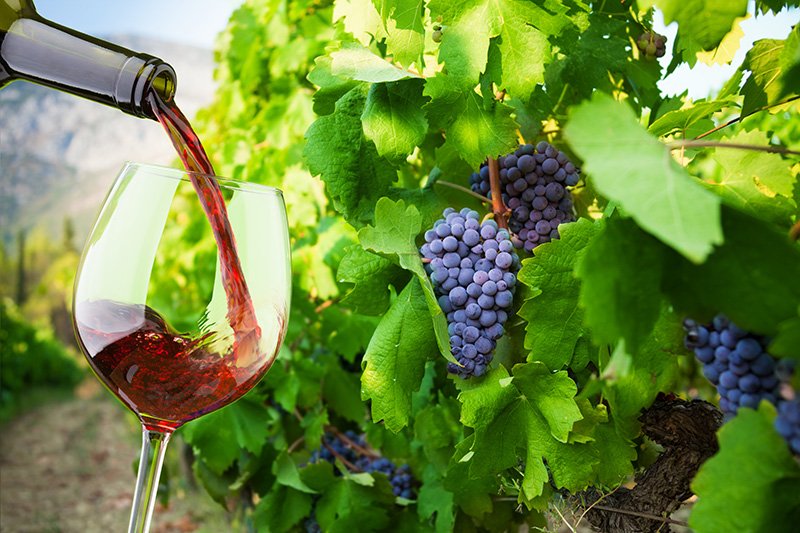The modern history of Beaujolais Nouveau begins on March 11, 1951
The order published in the official journal that day, specifies that Beaujolais producers were not authorized to remove from their cellars the wines of the 1951 harvest benefiting from the controlled label of origin until December 15. 1951.
But the Beaujolais winegrowers are protesting against this publication, they want to sell their production earlier as they are used to. Since the middle of the 19th century a tradition of selling Beaujolais wines known as “under the press” was practiced. The Beaujolais were then sent to distributors, cafetiers and restaurateurs in Paris and Lyon. The fermentation of the wines often ended during transport, which was not so serious in fact, because this somewhat wild fermentation protected the wines from any deterioration (alcoholic fermentation produces sulfur)
Why is Beaujolais Nouveau released on the 3rd Thursday of November?

Beaujolais Nouveau 2021 release date
The request for cancellation of this decree formulated by the Beaujolais winegrowers was accepted on November 13, 1951 with immediate effect.
For 15 years, November 13 became the release day for Beaujolais Nouveau. However, this date of November 13 does not suit everyone perfectly. The proximity of the commemorations of November 11 was not suitable for the organization of a Bacchanalia feast. national in scope. Sometimes November 13th fell on a Sunday and it wasn't much better !!
It was not until 1967 that the date of the 3rd Thursday of November at 12:00 a.m. was adopted.
What is the Beaujolais Nouveau appellation area?
Beaujolais is produced within the Beaujolais and Beaujolais-villages appellations of origin, but it is not an AOC in itself. The production area extends from the north of Lyon to the south of Macon. Beaujolais Nouveau can only be produced from the Gamay Noir grape variety with white juice (100%).
It undergoes either a carbonic maceration or a traditional maceration, each producer chooses one or the other method.

What are the characteristics of a good Beaujolais Nouveau?
Beaujolais “primeur” must be ready quickly once the malolactic fermentation is complete. a Beaujolais Nouveau must present a fresh and easy-drinking, aromatic and fruity character, depending on the vintage, the producers prefer their earliest plots, they practice shorter macerations (of a duration necessarily less than or equal to 10 days). The AOC Beaujolais authorizes each estate to market its wine under the Beaujolais Nouveau denomination for a maximum of 50% of the estate's production.
The nose of Beaujolais Nouveau has fruity aromas, with amylic nuances (English candy, banana, nail polish). These very classic aromas for a Beaujolais primeur are due to an ester, isoamyl acetate. This ester is at the origin of the famous taste of Bananas but also the aroma of the candy of the confectioner Verquin, "the Harlequin". The amylic aroma being very characteristic and recognizable, yeasts have been selected in this sense, they produce this molecule in more or less important proportions.
The current trend is to move towards less simplifying aromas by selecting other strains of yeast that give aromas of red fruits. These aromas of red fruits are more characteristic of the olfactory universe of Beaujolais wines. As every year, we will be honoring Beaujolais Nouveau from the Domaine de l'Hestrange.
To know more about Beaujolais

